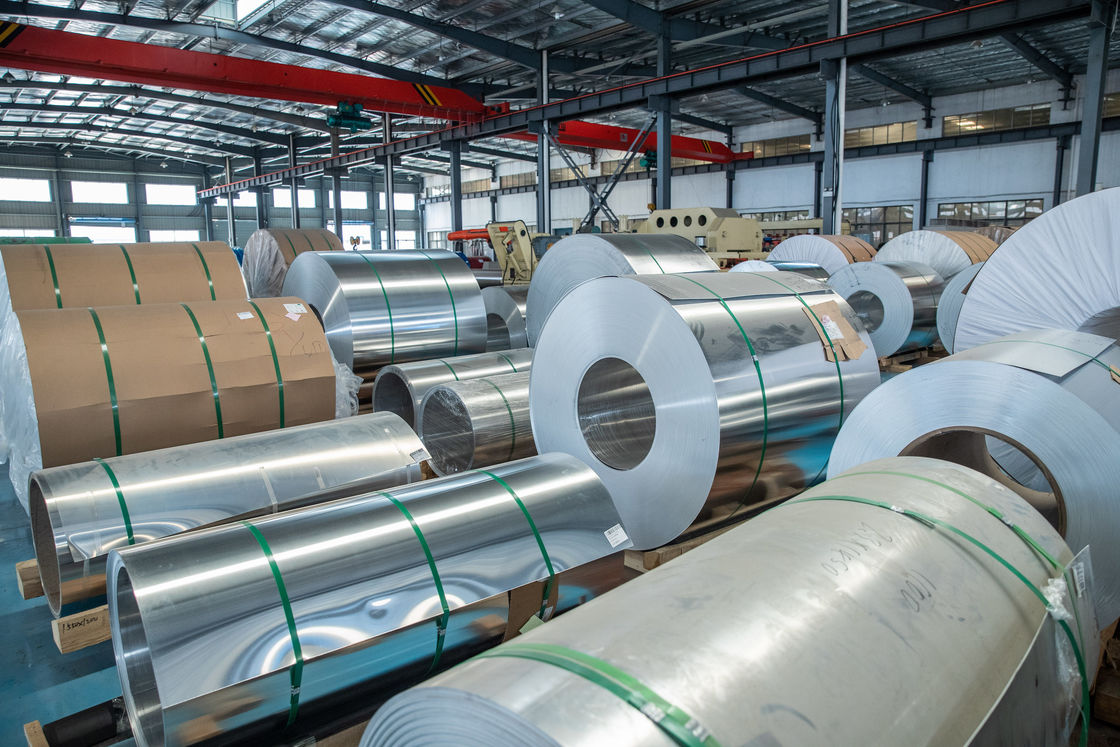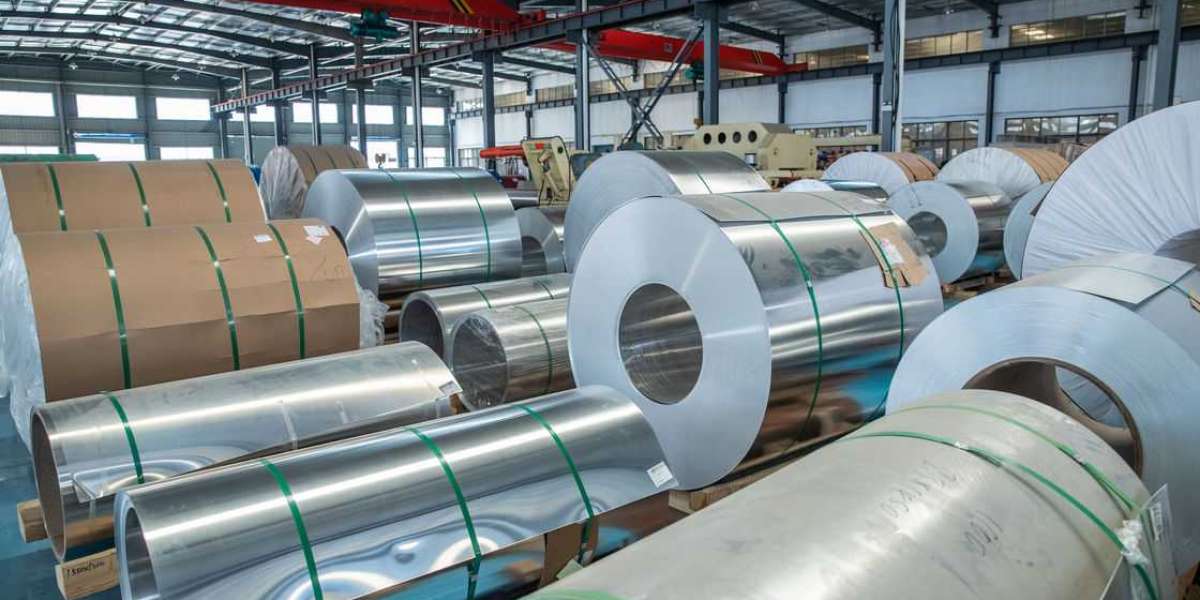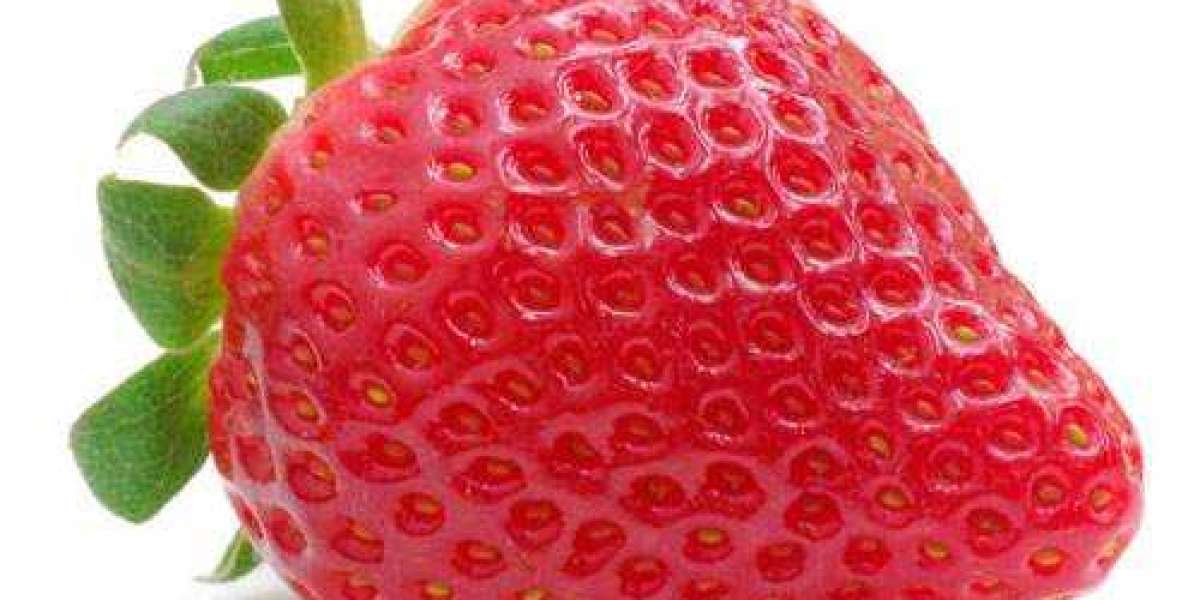Aluminum coil is a versatile material commonly used in fabrication applications across many industries. However, to fully realize aluminum's strengths and potential, additional surface treatment is often required. Anodizing has become a prominent process for enhancing the properties of aluminum coil. This series of articles will provide detailed information on the anodizing process and its benefits. The first article discusses the key advantages anodizing confers to aluminum coil. The second outlines the typical production flow involved in anodized aluminum coil manufacturing. This final article delves deeper into the anodizing process itself, including the electrochemical reactions that occur and how it strengthens and protects the surface. By understanding anodizing and how it transforms aluminum coil, readers will appreciate why this material maintains such widespread usage in construction and manufacturing applications demanding durability, corrosion resistance and aesthetic versatility.

Anodized aluminum coil undergoes several key processes to impart its desirable surface properties and prepare it for forming applications. The main steps involved are:
1.Receiving - Aluminum coils are received from producers in large continuous rolls. Material specifications are checked for quality and thickness tolerances.
2.Leveling - Using heavy rollers, the coils are passed through levelers that smooth out any minor distortions from hot or cold rolling. This flattens the surface.
3.Annealing - A heat treatment bakes out residual stresses by slowly cooling the aluminum coils. This softens the metal for easier forming without cracking later on.
4.Anodizing - Coils are electrolytically treated to form a protective porous aluminum oxide layer and seal it. This produces the characteristic scratch and corrosion resistance.
5.Forming - Processes like press braking, stamping, bending and spinning shape the coils into desired 2D/3D components. CNC machines facilitate repeatable production of intricate parts.
After forming, additional steps such as coating, painting and assembly complete fabrication. Quality checks ensure dimensional accuracy and aesthetics meet standards before shipping to customers.
When done correctly, this rigorous production sequence results in anodized aluminum coil with enhanced properties for diverse applications. The material maintains its strength and resilience through forming into useful parts and products.
This overview summarizes the principal stages involved in manufacturing anodized aluminum coil to the desirable finished state needed for countless fabrication applications. Consistent production is essential for quality performance.
Anodizing involves running an electrical current through an electrolytic bath while the aluminum acts as the anode. Common electrolytes used are sulfuric or phosphoric acid.
As current is applied, a controlled oxidation reaction forms a thick, adherent aluminum oxide layer on the surface that is both porous and insulating.
The layer is typically 2-3 microns thick but can range from 1-25 microns depending on voltage, time and acid concentration parameters.
Harder/thicker oxides result in greater scratch and wear resistance compared to bare aluminum. Typical hardness is 700-900 Knoop units versus bare aluminum at 100 Knoop units.
The porous oxide layer readily absorbs and binds dyes, resulting in vibrant, long-lasting color hues not achievable with paints.
After anodizing, the pores are sealed using hot deionized water or steam treatment. This entraps dye or sealants while safeguarding against corrosion.
The sealed layer protets the underlying aluminum from corrosion creep, with corrosion/weather resistance up to 10 times higher than painted aluminum.
aluminum coil manufacturer also has higher emissivity than bare metal, allowing it to effectively dissipate heat. This makes it suitable for uses like heat sinks.
Overall the process enhances the material's aesthetic, protective and functional capabilities for fabrication applications.








